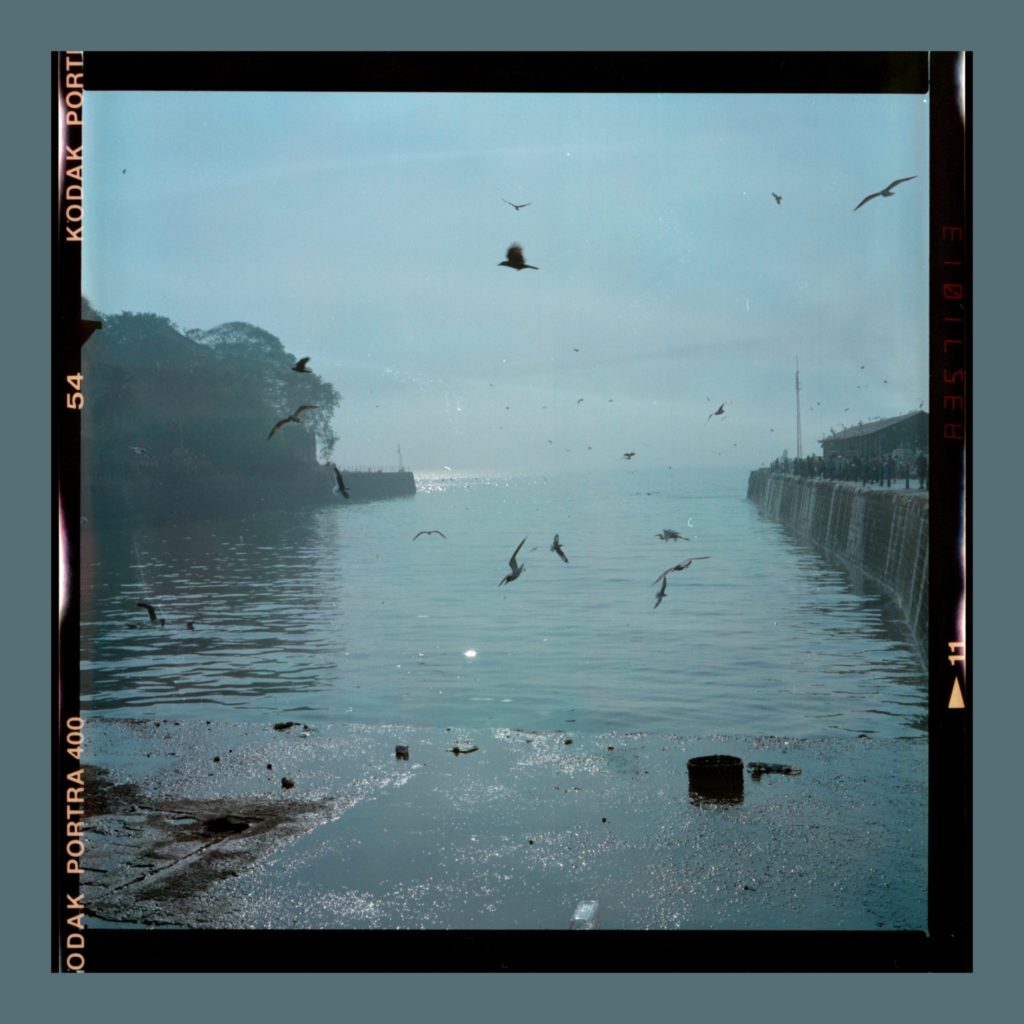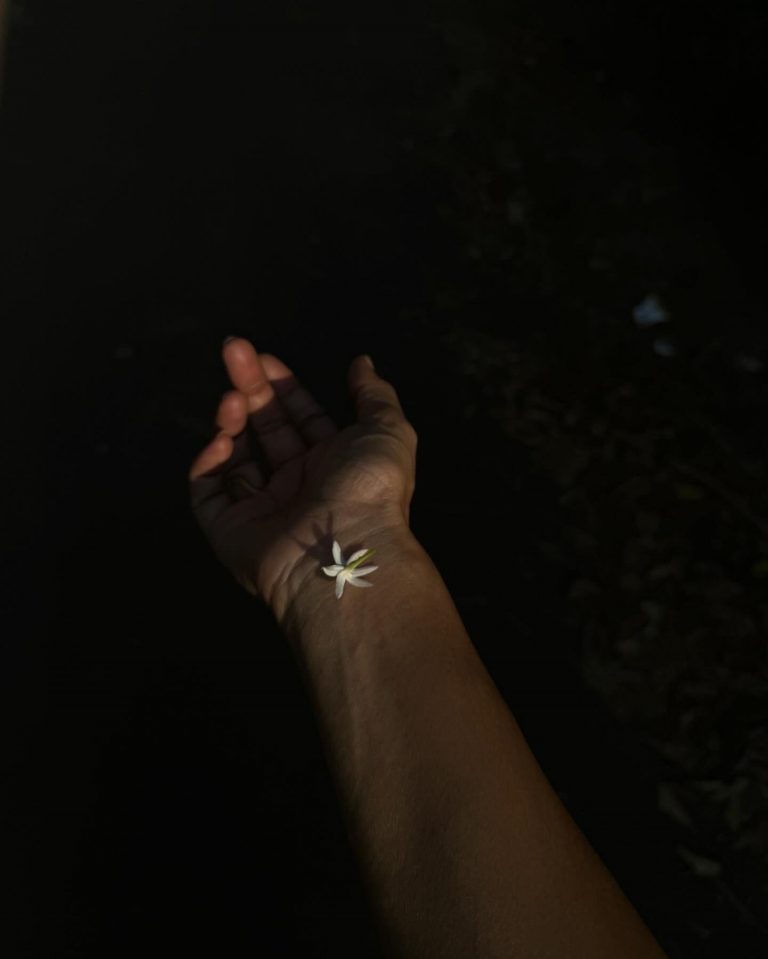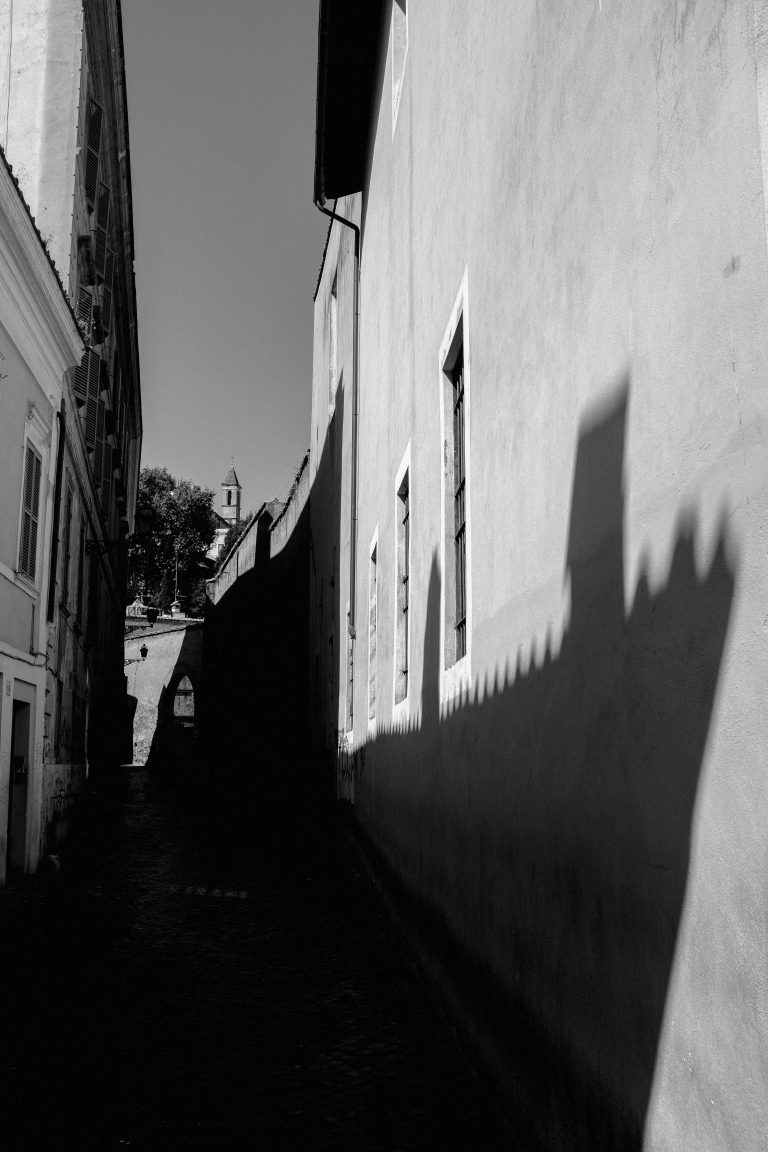note from the editors 02
Volume 2
itinerant | transfer | space

A note from the editor
So many of the ideas and the possibilities behind imprint and what it could be were discussed all the way back in 2015 and before that. But now, on the other side of our launch and our first full volume, there’s no way we could’ve ever imagined all the wonderful and inspiring conversations that lead to where we are today: with a whole new set of artists and many more yet to come.
For us, imprint has been about discovery. The discovery of new voices, new interpretations, and new possibilities. We’ve seen that first hand in every interaction we’ve had with our contributors. There is an inherent transfer of energy from a person, place, and thing. On one end it can replenish and enrich you, or on the other it can leave you bereft and deprived.
For us, the stories we’re waiting to publish do not reside solely at the edges of this binary, but instead occupy space all across the gamut. Allowing us to traverse and travel that spectrum at our own pace, or perhaps that of the artists.
We’re excited for you to join us, again, for Volume 2.
Ishan Benegal
Editor-in-Chief
A note from our Mentor-Editor
Itinerant | Transfer | Spaces : the notions evoked by the Imprint theme for the quarter that lies ahead have sweeping implications, political and cultural, and yet, also speak to the intimacy of personal experience, of travel, of partings and pain, of memory, and of beauty and joy and the mystical.
As I write this editorial comment today, two sets of thoughts push to the forefront of my mind.
The first is a response to current events, and how the staggering fissures in the political, social and justice systems in India were brought into sharp focus by the pandemic. The unerasable – and I use the word consciously, aware that so much of survival in the passage through life is achieved by erasing or obscuring that which we cannot deal with – the unerasable, sight of ‘itinerant’ labour trudging home across a subcontinent through the lockdown imposed by the pandemic, a movement of people on a scale beyond belief, shakes every equilibrium. Transfer. What does the word mean to those upon whom the nomadic lifestyle has been imposed?
In my second response, my mind moves to an entirely different place, to literature, to reading and the interwoven memories that one retains from following documented journeys. ‘Journeys to relive your past?’, ‘Journeys to recover your future?’ – these are questions preceded, in Italo Calvino’s Invisible Cities, by the line, ‘Futures not achieved are only branches of the past: dead branches’.[1] (It is a book one visits in translation, another form of transfer). In the novel, the itinerant documents, speaks, remains silent, engages in dialogue, while communicating and philosophising about spaces, city architectures, city cultures and the meaning of constructed magic, while we, as readers, contemplate the implication of ‘Memory is redundant: it repeats signs so that the city can begin to exist.’[2] Journeys also make me think of the unexpected fate of wayfarers, as in the mysterious story of the humans frozen in Roopkund, the Himalayan glacial tarn more than sixteen thousand feet above sea level, ‘an emerald jewel nestled in a bowl of rock and ice’[3]. Were they pilgrims, journeying to seek the goddess; guides, helping others traverse treacherous paths; traders, supplying and profiting from travellers; soldiers hiding; travellers felled by an epidemic…? From whence did they come, twentieth century Japan, thirteenth century Delhi, eighth century Crete…?[4] These are questions that require a multiplicity of extraordinarily refined skills and the transfer of knowledge across academic disciplines in order to begin to interpret.[5],[6] Which also makes me think about why we care, why this story, from among so many others, travels across time and geography and lingers with us, why this repeated reminder of mortal passage on a sacred path through the mountains, captures our imagination?
In laying out my thoughts in response to the Imprint theme for the first quarter of 2021, I run the risk of prescribing, of influencing. I think back to the previous quarter at Imprint with its theme, Shapes | Edges | Contours. My perspectives, at the time, had ranged over many possibilities, leapt to many exciting investigations. The submissions that were published both aligned with as well as extended into explorations that I had not thought about, or that had not occurred to me, or were simply beyond the skills I possess, allowing, thus, my imagination to be stimulated and awakened in new directions, visually, aurally, intellectually, emotionally. It was and is exciting and is, indeed, a testament to the purpose of the platform.
I look forward to what revelations this new quarter, this new year at Imprint will bring.
Indira Chandrasekhar
Mentor-Editor
[1]Invisible Cities by Italo Calvino, Translated by William Weaver, 2, pg. 23.
[2] ibid. Cities and Signs 2, pg. 16.
[3] ‘The Skeletons at the Lake’ by Douglas Preston, The New Yorker Magazine, December 14, 2020.
[4] ‘Ancient DNA from the Skeletons of Roopkund Lake Reveals Mediterranean Migrants in India’, Harney et al., Nature Communications10, August 2019.
[5] ‘The Skeletons at the Lake’ by Douglas Preston, The New Yorker Magazine, December 14, 2020.
[6] I thank the group, ‘Readers and Writers from Bangalore’ for bringing my attention to Roopkund.



